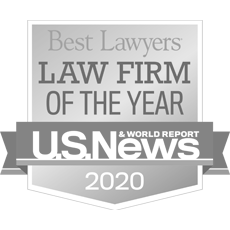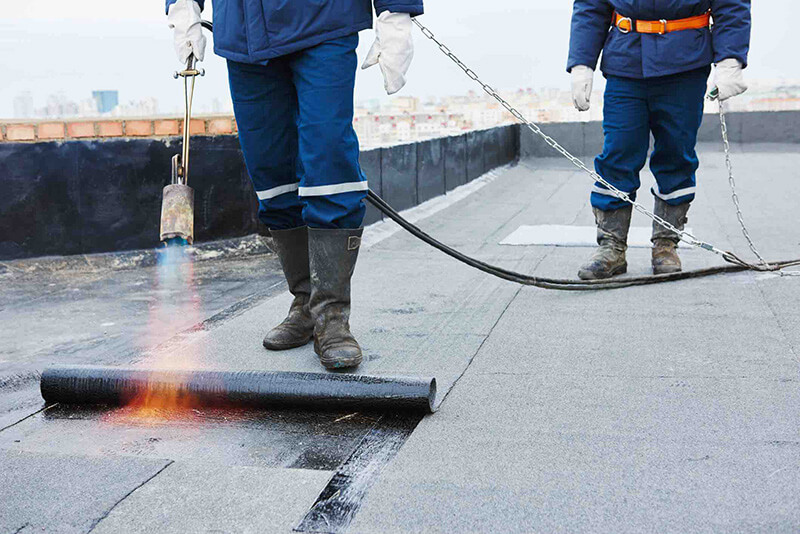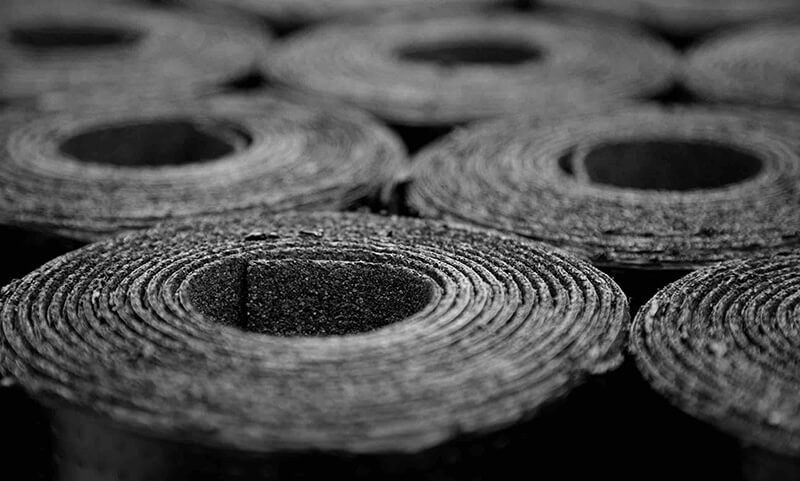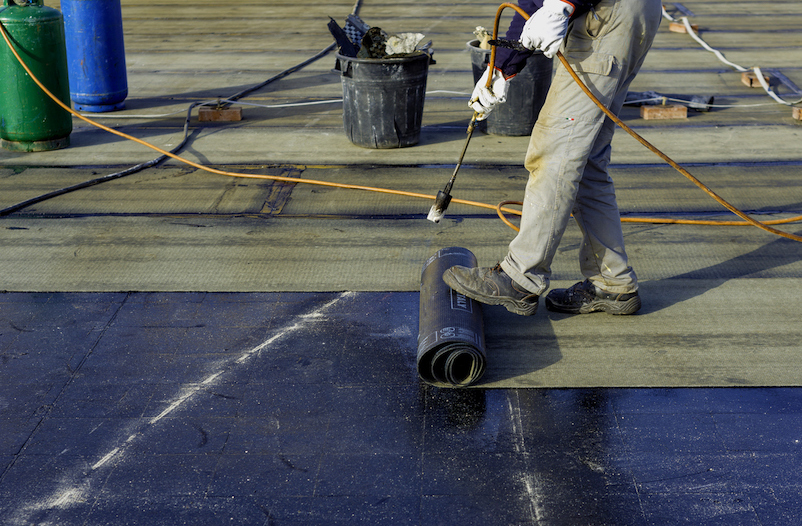Get A Free Legal Consultation
- We fight to maximize your results
- Many clients get results in as few as 90 days
- No out-of-pocket costs for you or your family






Did you know there is a protective layer between the roof deck and roofing shingles on most roofs in the United States? This protective layer goes by many names, including roofing felt paper, felt underlayment, roofing tar paper or roll roofing. For decades, roofing felts contained asbestos, which put the general public and workers alike at serious risk of asbestos-related diseases like mesothelioma.
If you were diagnosed with an asbestos-related disease, call (800) 326-8900 now. Our asbestos exposure lawyers may be able to help you pursue compensation.
Contact Us for a free legal consultation. Call (800) 326-8900.
For many years, organizations such as the National Roofing Contractors Association (NRCA) have included roofing felt in their roofing and waterproofing recommendations. It is also a requirement under many building codes.
This underlayment offers an integral layer of protection to a roof – one that keeps moisture out while still allowing the product to breathe. It protects the roof and keeps it in better shape for longer periods of time. But from the 1940s to the 1980s, asbestos was used in roofing felt to help “build up” roofing systems for commercial and industrial buildings.
Composed of a high percentage of chrysotile asbestos, these sheets were manufactured on conventional papermaking machines and then saturated with tar or asphalt. Asbestos was used in the roofing felt because of its stability and rot-proofing capabilities. It also allowed a slight movement of the felt to accommodate expansion/contraction movements of the building structures without cracking the felt. The strength and durability of asbestos, paired with its high moisture, heat and fire resistance made it seem desirable for roofing.




While the asbestos in roofing felts was bound in the felt by a coating, the hazardous fibers could easily be released during installation as they were commonly cut and trimmed to fit individual roof surfaces. Asbestos exposure, as the public now knows, is extremely dangerous and can increase risk of mesothelioma and other asbestos-related diseases. Breathing in any amount of the debris could have potentially fatal consequences decades later.
Cleanup and removal of the leftover debris therefore created a huge risk for asbestos exposure among workers who had no idea they were being exposed to a harmful toxin. Removal could be even more hazardous. Though built up roofs constructed with asbestos roofing felts generally remained stable and working for 20 or more years, the tear out processes often required chopping or sawing the existing roof membrane into pieces to be pried or scraped from the roof deck — the textbook scenario for dispersing deadly asbestos fibers into the air.
Johns Manville’s brand-name roofing felt, called Flexstone, was marketed for its numerous benefits, such as its smooth surface and fireproof qualities. The following corporations have been documented as using asbestos in their roofing felts.


Our mesothelioma law firm has recovered billions in verdicts and settlements on behalf of thousands of clients throughout the United States. For more information about asbestos exposure, mesothelioma and how Simmons Hanly Conroy can help you or your family get the justice you deserve, Contact Us today.